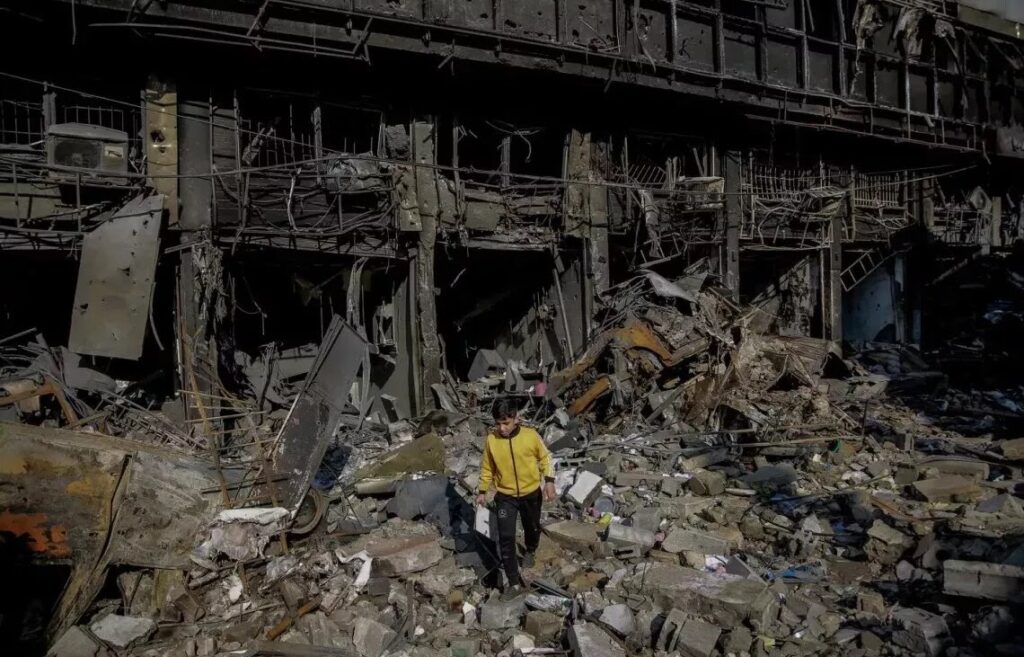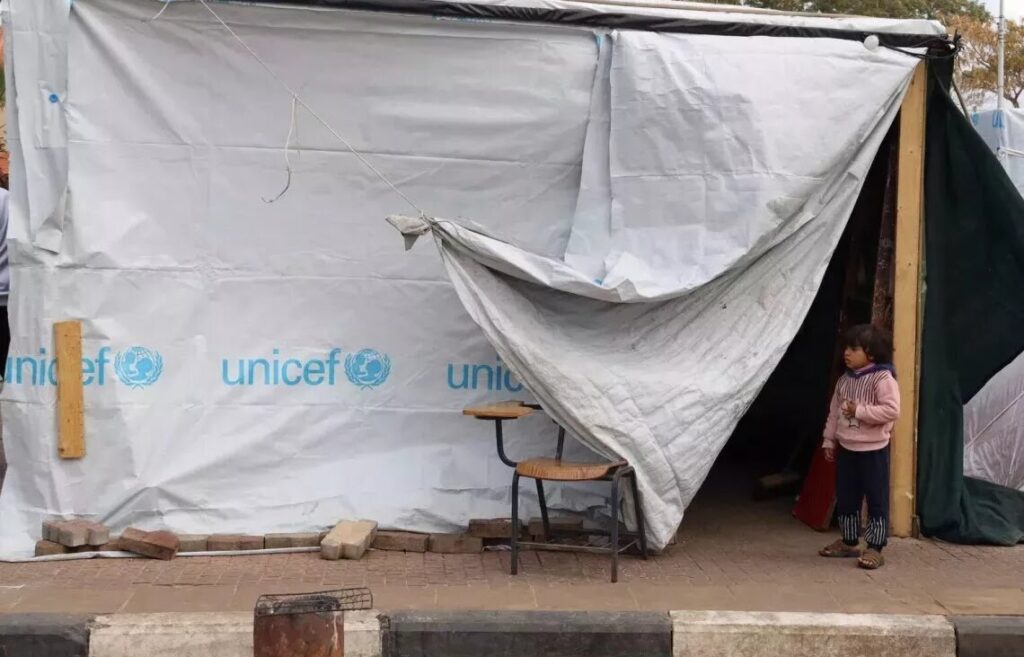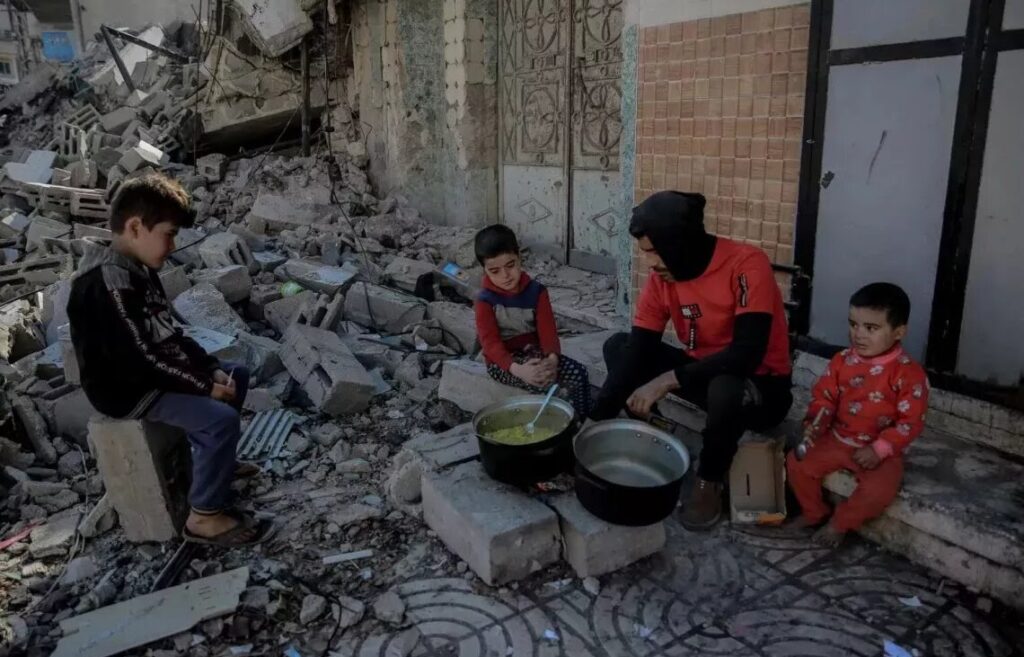The conflict in the Gaza Strip is taking a catastrophic toll on children. More than 14,000 children have reportedly been killed, according to the latest estimate by the Palestinian Ministry of Health; thousands more have been injured. There are no safe spaces. All of Gaza’s children have been exposed to the traumatic experiences of war, the consequences of which will last a lifetime.
Around 1.9 million people – about 9 in 10 of Gaza’s population – are estimated to have been internally displaced. Half of them children. They do not have enough access to water, food, fuel and medicine. Their homes have been destroyed; their families torn apart. Many children have been displaced multiple times, and have lost homes, parents and loved ones. They need to be protected, along with the remaining services that they rely on, including medical facilities and shelter.

Children in the State of Palestine have grown up under the shadow of recurrent violence and crushing poverty. Today, children in the Gaza Strip face the deadly effects of disease and malnutrition as ongoing conflict cuts them off from safe water, food and medicine.
Children and their families have come under attack in the places they should be safest – their homes, shelters, hospitals and places of worship. Thousands of children have been injured and killed. Children have been reporting to hospitals with severe burns and injuries that have required amputation.
Through it all, children remain cut off from psychosocial care. Even before this latest escalation, more than 500,000 children in Gaza were identified as needing mental health and psychosocial support. Today, every child has been exposed to deeply distressing events and trauma, marked by widespread destruction and displacement. Meanwhile, parents and caregivers are themselves under intense mental strain.

Water production capacity has plummeted to just a fraction of its normal output with many water, sanitation and hygiene facilities damaged or destroyed. People have lost reliable access to safe water, toilets and washing facilities and displaced children and their families are unable to maintain the hygiene levels needed to prevent disease and chronic diarrhoea – a leading killer of young children in all emergencies. Damage and destruction have crippled healthcare services across Gaza, amid supply shortages and reduced bed capacity.
With the breakdown in sanitation and sewage treatment, the polio virus has joined the list of threats, especially for the thousands of unvaccinated children. The Gaza Strip has been polio-free for 25 years, and its re-emergence is yet another threat to the children in the Gaza Strip and neighbouring countries. The safest and most effective way to protect children against the polio virus, regardless of the variant, is to vaccinate them. On 1 September 2024, UNICEF and partners started a vaccination campaign that aims to reach at least 640,000 children in two rounds.

For many families, the threat of dying from hunger is real. In late June 2024, an Integrated Food Security Phase Classification (IPC) report found that 96 per cent of the population were facing acute food insecurity, including almost half a million people in catastrophic conditions. A high risk of famine persists across the whole Gaza Strip as long as conflict continues and humanitarian access is restricted.

The violence has shut down lifesaving prevention and treatment services for malnutrition that were previously reaching hundreds of thousands of children. When combined and left untreated, malnutrition and disease create a deadly cycle: children with poor health and nutrition are more vulnerable to serious infections. UNICEF is particularly worried about the nutrition of pregnant women and breastfeeding mothers, as well as children under two, given their specific needs and vulnerability.
